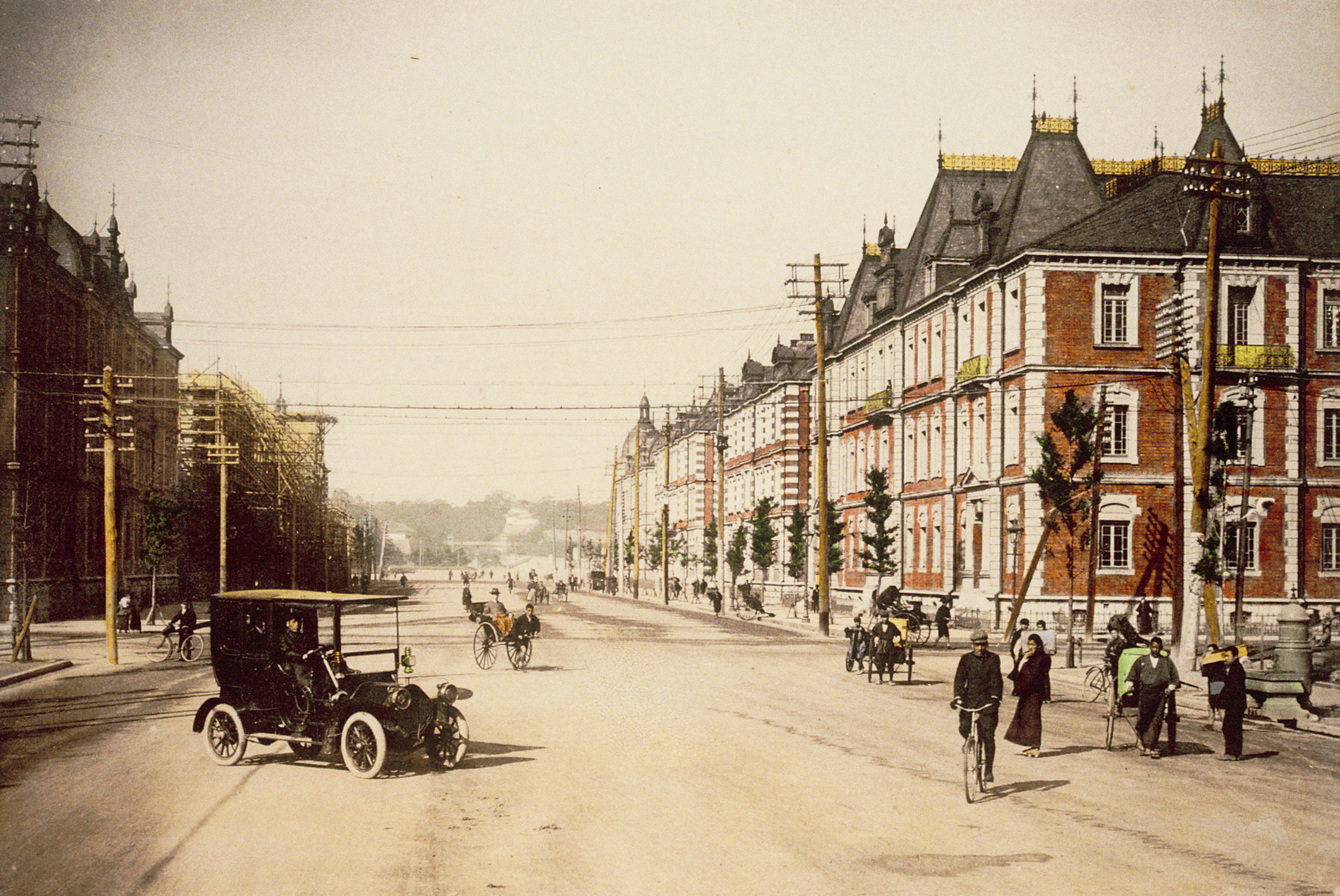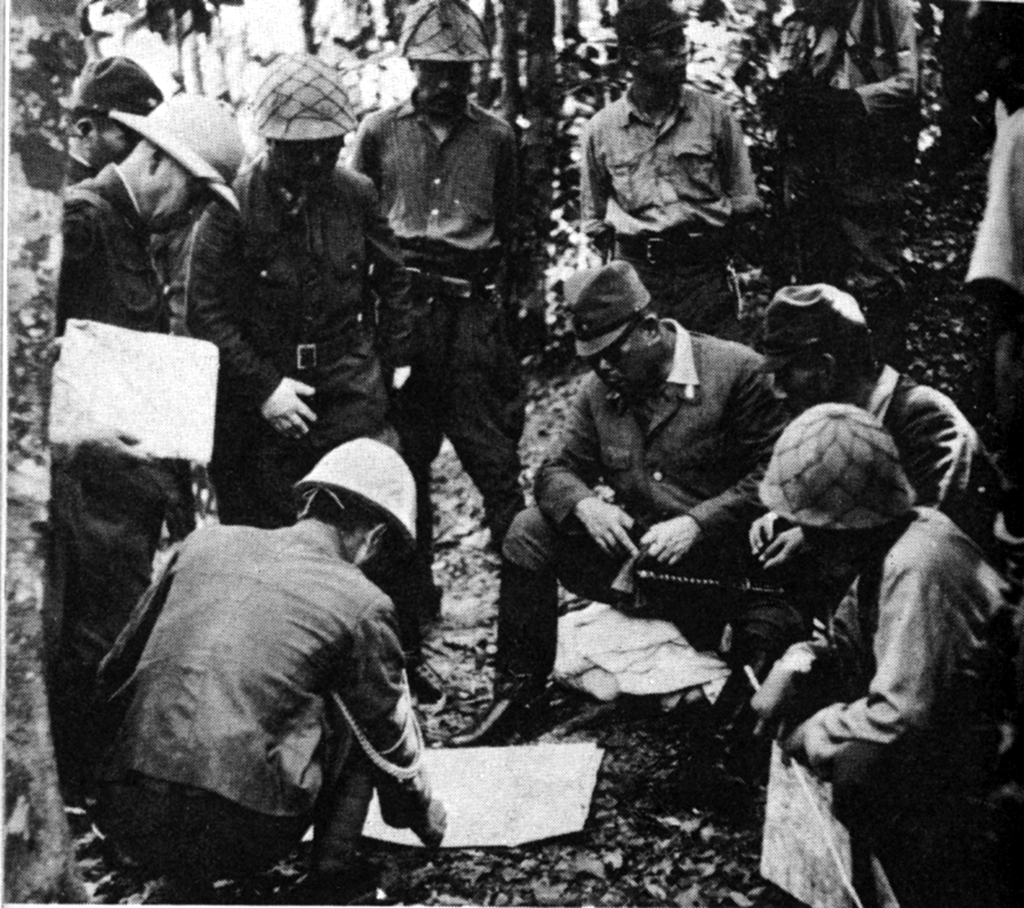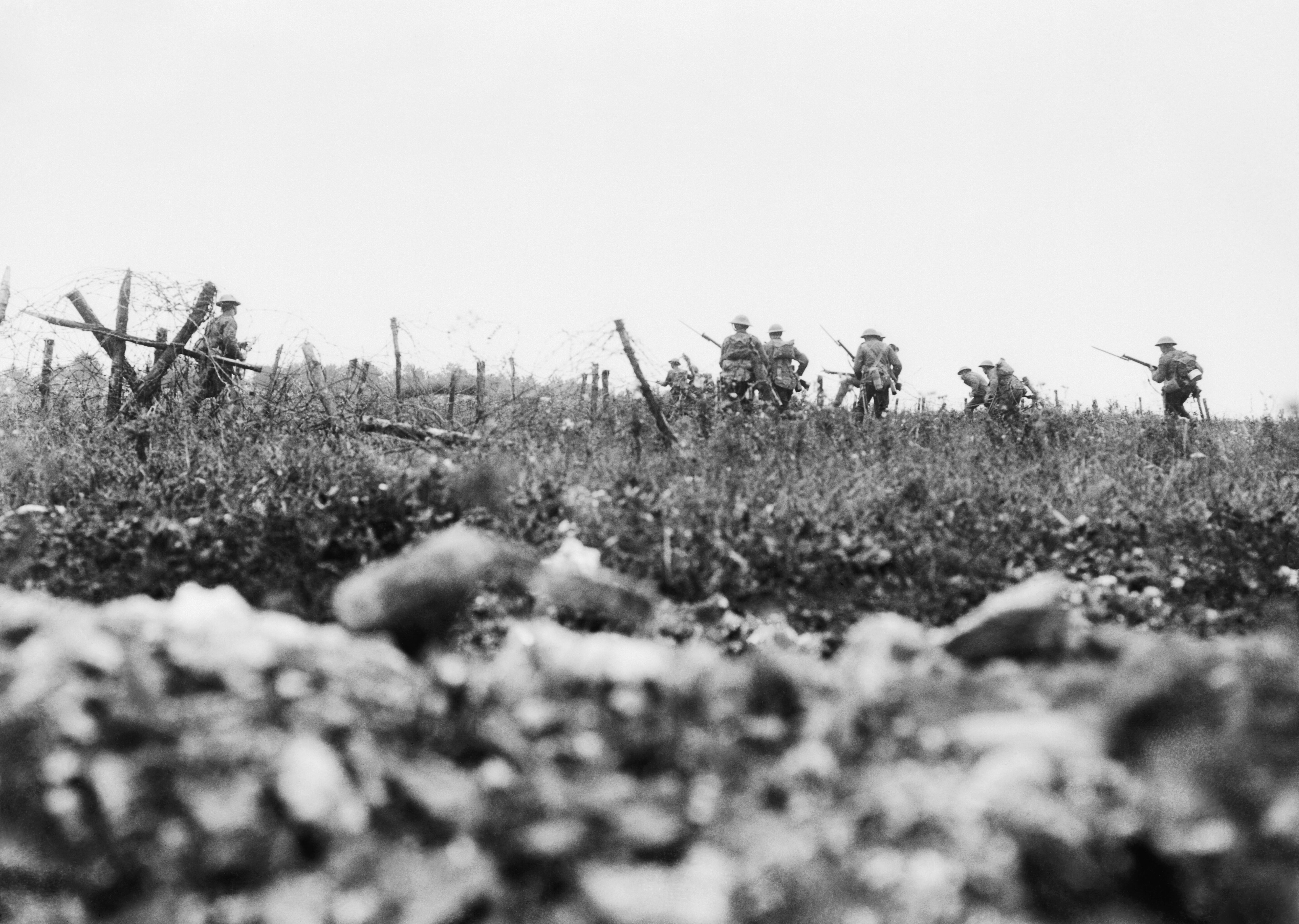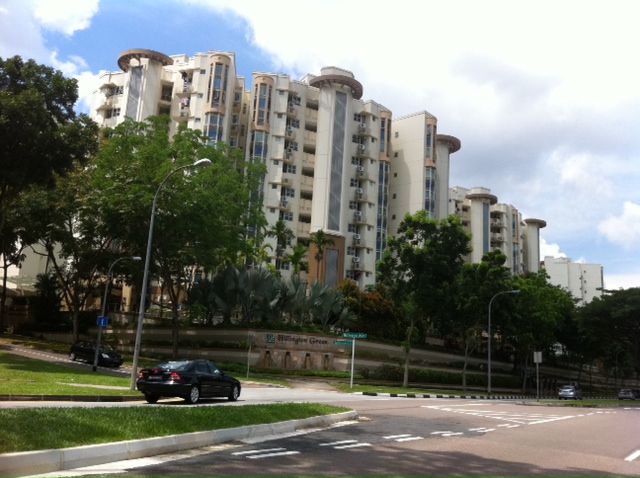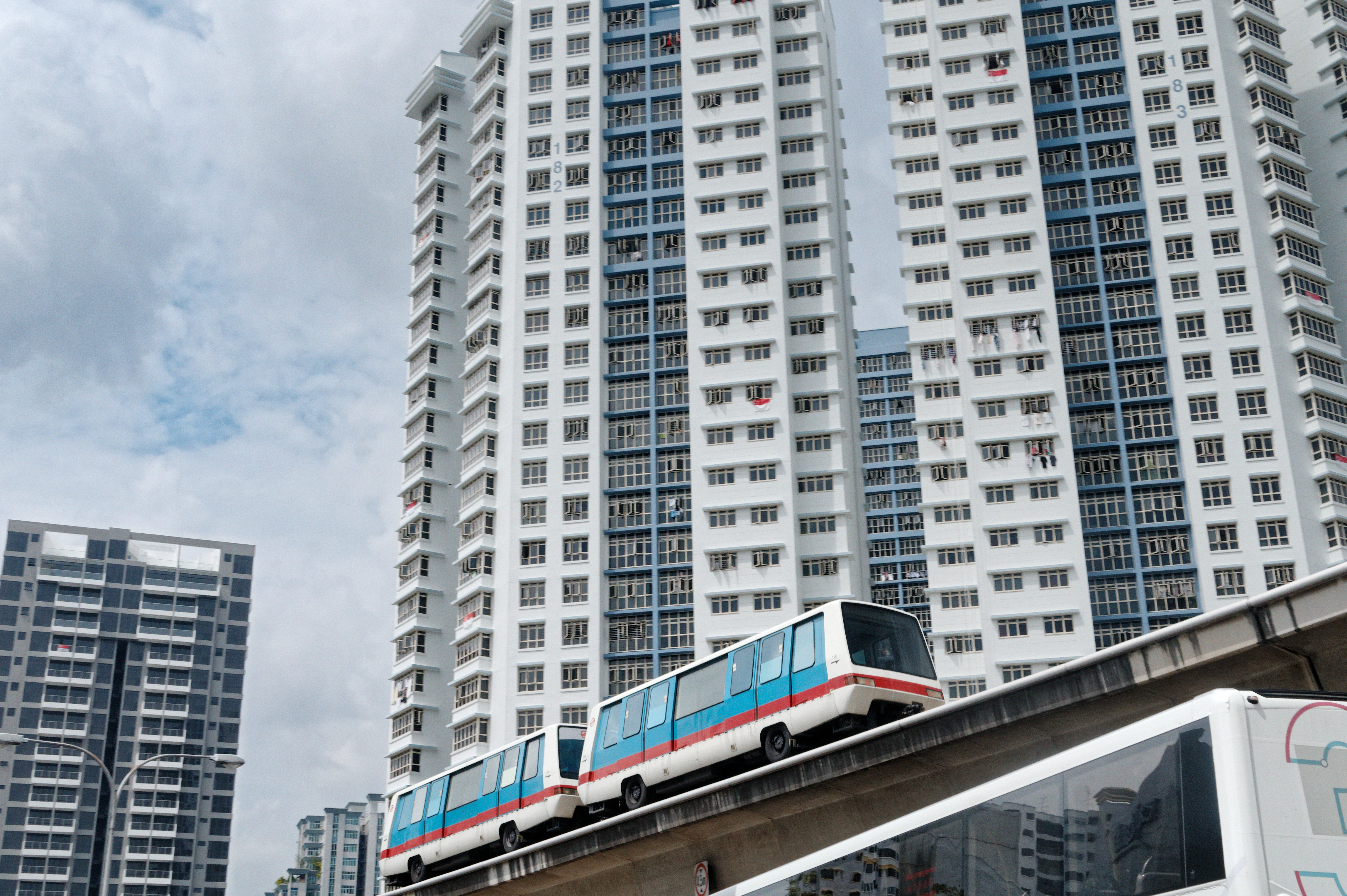|
Old Ford Motor Factory
The Former Ford Factory (also Old Ford Motor Factory and Old Ford Factory depending on sources) is located along Upper Bukit Timah Road at Bukit Timah in Singapore. It is the place where the British Army forces surrendered to Imperial Japanese Army forces on 15 February 1942 after the Battle of Singapore. The Old Ford Motor Factory had since been gazetted as a National Monument in 2006, and converted into an exhibition gallery and archive named ''Memories at Old Ford Factory''. The permanent exhibition gallery showcases life in Singapore under Japanese wartime rule, and the exhibition is one of the continuation of final battles from Pasir Panjang and at Fort Siloso. History The factory was established and built for the Ford Motor Company of Malaya (also known as Ford Malaya in short) in October 1941 and possessed an Art Deco-style façade, which was typical of most buildings and structures, both public and private, of that era, and became Ford's first motor-car and vehicle ... [...More Info...] [...Related Items...] OR: [Wikipedia] [Google] [Baidu] |
Art Deco
Art Deco, short for the French ''Arts Décoratifs'', and sometimes just called Deco, is a style of visual arts, architecture, and product design, that first appeared in France in the 1910s (just before World War I), and flourished in the United States and Europe during the 1920s and 1930s. Through styling and design of the exterior and interior of anything from large structures to small objects, including how people look (clothing, fashion and jewelry), Art Deco has influenced bridges, buildings (from skyscrapers to cinemas), ships, ocean liners, trains, cars, trucks, buses, furniture, and everyday objects like radios and vacuum cleaners. It got its name after the 1925 Exposition internationale des arts décoratifs et industriels modernes (International Exhibition of Modern Decorative and Industrial Arts) held in Paris. Art Deco combined modern styles with fine craftsmanship and rich materials. During its heyday, it represented luxury, glamour, exuberance, and faith in socia ... [...More Info...] [...Related Items...] OR: [Wikipedia] [Google] [Baidu] |
Malayan Campaign
The Malayan campaign, referred to by Japanese sources as the , was a military campaign fought by Allied and Axis forces in Malaya, from 8 December 1941 – 15 February 1942 during the Second World War. It was dominated by land battles between British Commonwealth army units and the Imperial Japanese Army, with minor skirmishes at the beginning of the campaign between British Commonwealth and Royal Thai Police. The Japanese had air and naval supremacy from the opening days of the campaign. For the British, Indian, Australian, and Malayan forces defending the colony, the campaign was a total disaster. The operation is notable for the Japanese use of bicycle infantry, which allowed troops to carry more equipment and swiftly move through thick jungle terrain. Royal Engineers, equipped with demolition charges, destroyed over a hundred bridges during the retreat, yet this did little to delay the Japanese. By the time the Japanese had captured Singapore, they had suffered 9, ... [...More Info...] [...Related Items...] OR: [Wikipedia] [Google] [Baidu] |
Zaibatsu
is a Japanese term referring to industrial and financial vertically integrated business conglomerates in the Empire of Japan, whose influence and size allowed control over significant parts of the Japanese economy from the Meiji period until the end of World War II. A ''zaibatsu'' general structure included a family-owned holding company on top, and a bank which financed the other, mostly industrial subsidiaries within them. Although the ''zaibatsu'' played an important role in the Japanese economy from the 1860s to 1945, they increased in number and importance following the Russo-Japanese War of 1904–1905, World War I and Japan's subsequent attempt to conquer East Asia during the inter-war period and World War II. After World War II they were dissolved by the Allied occupation forces and succeeded by the '' keiretsu'' (groups of banks, manufacturers, suppliers, and distributors). Equivalents to the ''zaibatsu'' can still be found in other countries, such as the '' chaeb ... [...More Info...] [...Related Items...] OR: [Wikipedia] [Google] [Baidu] |
Nissan
, trading as Nissan Motor Corporation and often shortened to Nissan, is a Japanese multinational automobile manufacturer headquartered in Nishi-ku, Yokohama, Japan. The company sells its vehicles under the Nissan, Infiniti, and Datsun brands, with in-house performance tuning products (including cars) labelled Nismo. The company traces back to the beginnings of the 20th century, with the Nissan '' zaibatsu'', now called Nissan Group. Since 1999, Nissan has been part of the Renault–Nissan–Mitsubishi Alliance (Mitsubishi joining in 2016), a partnership between Nissan and Mitsubishi Motors of Japan, with Renault of France. , Renault holds a 43.4% voting stake in Nissan, while Nissan holds a 15% non-voting stake in Renault. Since October 2016 Nissan has held a 34% controlling stake in Mitsubishi Motors. In 2013, Nissan was the sixth largest automaker in the world, after Toyota, General Motors, Volkswagen Group, Hyundai Motor Group, and Ford. In 2014, Nissan was the la ... [...More Info...] [...Related Items...] OR: [Wikipedia] [Google] [Baidu] |
Japanese Occupation Of Singapore
, officially , was the name for Singapore when it was occupied and ruled by the Empire of Japan, following the fall and surrender of British military forces on 15 February 1942 during World War II. Japanese military forces occupied it after defeating the combined British, Indian, Australian, Malayan and the Straits Settlements garrison in the Battle of Singapore. The occupation was to become a major turning point in the histories of several nations, including those of Japan, Britain, and Singapore. Singapore was renamed Syonan-to, meaning "Light of the South Island" and was also included as part of the . Singapore was officially returned to British colonial rule on 12 September 1945, following the formal signing of the surrender instrument at the Municipal Building, currently known as the City Hall. After the return of the British, there were growing political sentiment amongst the local populace in tandem to the rise of anti-colonial and nationalist fervor, as many fel ... [...More Info...] [...Related Items...] OR: [Wikipedia] [Google] [Baidu] |
Tomoyuki Yamashita
was a Japanese officer and convicted war criminal, who was a general in the Imperial Japanese Army during World War II. Yamashita led Japanese forces during the invasion of Malaya and Battle of Singapore, with his accomplishment of conquering Malaya and Singapore in 70 days earning him the sobriquet "The Tiger of Malaya" and led to the British Prime Minister Winston Churchill calling the ignominious fall of Singapore to Japan the "worst disaster" and "largest capitulation" in British military history. Yamashita was assigned to defend the Philippines from the advancing Allied forces later in the war, and while unable to prevent the Allied advance, he was able to hold on to part of Luzon until after the formal Surrender of Japan in August 1945. After the war, Yamashita was tried for war crimes committed by troops under his command during the Japanese defense of the occupied Philippines in 1944. Yamashita denied ordering those war crimes and denied having knowledge that they ... [...More Info...] [...Related Items...] OR: [Wikipedia] [Google] [Baidu] |
Arthur Percival
Lieutenant-General Arthur Ernest Percival, (26 December 1887 – 31 January 1966) was a senior British Army officer. He saw service in the First World War and built a successful military career during the interwar period but is most noted for his defeat in the Second World War, when he commanded British Empire forces during the Japanese Malayan Campaign and the subsequent Battle of Singapore. Percival's surrender to the invading Imperial Japanese Army force, the largest surrender in British military history, undermined Britain's prestige as an imperial power in East Asia.Morris, ''Farewell the Trumpets'', p452 His defenders, such as Sir John Smyth, have argued that under-funding of Malaya's defences and the inexperienced, under-equipped nature of the Empire army in Malaya, not Percival's leadership, were ultimately to blame. Early days Childhood and employment Arthur Ernest Percival was born on 26 December 1887 in Aspenden Lodge, Aspenden near Buntingford in Hertfords ... [...More Info...] [...Related Items...] OR: [Wikipedia] [Google] [Baidu] |
Bukit Batok
Bukit Batok, often abbreviated as Bt Batok, is a planning area and matured residential town located along the eastern boundary of the West Region of Singapore. Bukit Batok statistically ranks in as the 25th largest, the 12th most populous and the 11th most densely populated planning area in the Republic. It is bordered by six other planning areas - Choa Chu Kang to the North, northeast and northwest, Cashew to the northeast and east, Clementi to the south, Bukit Timah to the southeast, Jurong East to the southwest and Tengah to the west. Bukit Batok largely sits on Gombak norite, a geological formation that is found in high concentrations within the planning area itself, as well as in the western parts of neighbouring Cashew. It was this presence of the igneous rock that made Bukit Batok a pivotal location for the quarrying industry in Singapore around the turn of the mid-20th century. Etymology Many differing accounts describe the origin of the name Bukit Batok. ''Bukit'' ... [...More Info...] [...Related Items...] OR: [Wikipedia] [Google] [Baidu] |
Hillview, Singapore
Hillview () is located in north west Singapore. The neighbourhood overlooks Bukit Timah Hill, hence its name. Ecology Hillview is naturally endowed with lush greenery as it is encircled by the woodlands of Bukit Gombak to the west, Bukit Batok Nature Park to the south and Bukit Timah Nature Reserve to the east. Nearby are several other nature parks, such as Hindhede Nature Park, Dairy Farm Nature Park, Chestnut Nature Park and the upcoming Rifle Range Nature Park. History Industrial Past From the early 1940s to the late 80s, Hillview was an industrial precinct with facilities such as Old Ford Motor Factory (built in 1941), Castrol Oil Company, Union Carbide, Cycle & Carriage Daimler-Benz car assembly plant (built in 1965), and Hume Pipe Company factory with lease to the land granted in 1927. At where Hume Pipe Company factory was located is now Hume Avenue. Today, only the old Ford Motor factory still remains as other factories made way for new private residential development ... [...More Info...] [...Related Items...] OR: [Wikipedia] [Google] [Baidu] |
Choa Chu Kang
Choa Chu Kang, alternatively spelt as Chua Chu Kang and often abbreviated as CCK, is a planning area and residential town located at the north-westernmost point of the West Region of Singapore. The town shares borders with Sungei Kadut to the north, Tengah to the southwest, Bukit Batok to the southeast, Bukit Panjang to the east and the Western Water Catchment to the west. Choa Chu Kang New Town is separated into two portions by the Kranji Expressway. Originally a kampung, the area has been rapidly developed under the ambition of the Housing and Development Board, to transform it into a modern township. The town comprises seven subzones, five of which are the most densely populated: Choa Chu Kang Central, Choa Chu Kang North, Yew Tee, Teck Whye, and Keat Hong. Etymology Choa Chu Kang's name is derived from its historical core at the former site of Chua Chu Kang Village located near the junction of Choa Chu Kang Road and Jalan Sungei Poyan, currently occupied by the ground ... [...More Info...] [...Related Items...] OR: [Wikipedia] [Google] [Baidu] |
Bukit Panjang
Bukit Panjang is a planning area and residential town located in the West Region of Singapore. A portion of this town is situated on a low-lying elongated hill. The planning area is bounded by Bukit Batok to the west, Choa Chu Kang to the northwest, Sungei Kadut to the north, the Central Water Catchment to the east and Bukit Timah to the south. Bukit Panjang New Town is located at the northern portion of the planning area. Bukit Panjang has an average elevation of 36m/118 ft. The town is categorised into seven subzones, namely Jelebu, Bangkit, Fajar, Saujana, Senja, Dairy Farm and Nature Reserve. Bukit Panjang is a quieter town compared to some of the older housing estates such as Toa Payoh, Ang Mo Kio and other more publicly discussed towns due to its lower population, but it has seen major developments in recent years. Etymology Bukit Panjang means "long hill" in Malay. The roads in the town are named after old 60s kampung tracks (Lorong Petir, Lorong Pending, Jalan ... [...More Info...] [...Related Items...] OR: [Wikipedia] [Google] [Baidu] |
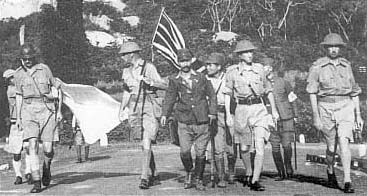
_interior.jpg)

